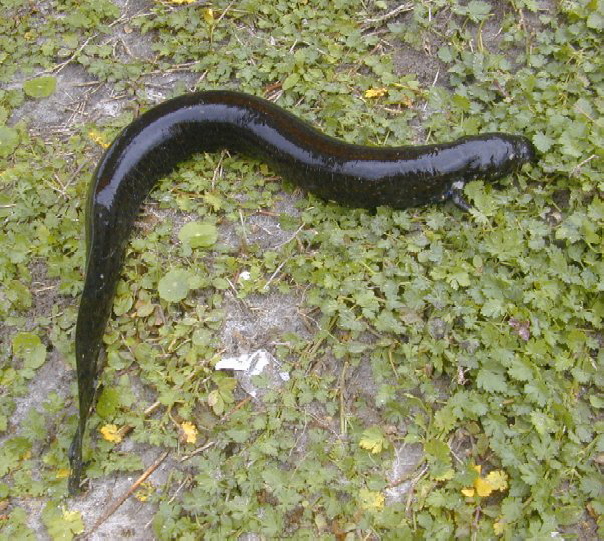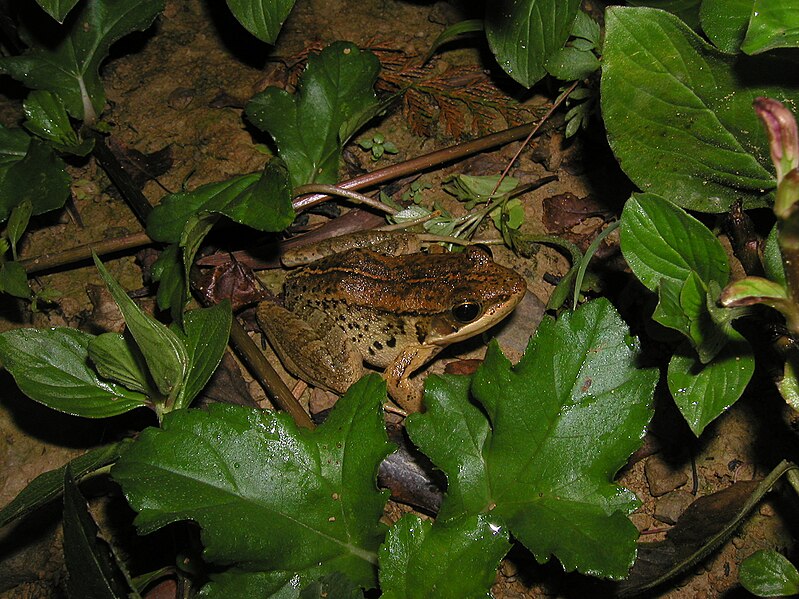 During my years with the Bronx Zoo, I have twice observed cold temperatures to revive salamanders (a Hellbender and a Greater Siren, please see photo) that seemed, by external appearances, to be quite dead. A recent paper caused me to think back on these events, and to other examples of low temperatures being used to “treat” ailing Axolotls, Leopard Frogs and other amphibians …I would greatly appreciate your own observations and thoughts on this topic.
During my years with the Bronx Zoo, I have twice observed cold temperatures to revive salamanders (a Hellbender and a Greater Siren, please see photo) that seemed, by external appearances, to be quite dead. A recent paper caused me to think back on these events, and to other examples of low temperatures being used to “treat” ailing Axolotls, Leopard Frogs and other amphibians …I would greatly appreciate your own observations and thoughts on this topic.
Cold Tolerant Amphibians
Many amphibians are well-adapted to surprisingly low temperatures. On Long Island, NY, Eastern Tiger Salamanders may migrate to breeding ponds in February, and Spotted and Alpine Salamanders will cross snow for the same purpose. Wood Frogs occur within the Arctic Circle, and I’ve found Gray Tree Frogs hibernating beneath a mere 2” of leaf litter in NYC. Several Fire Salamanders under my care remained active at 38 F. Read More »
 That Reptile Blog – Reptile, Amphibian and Exotic Pet Care and Information
That Reptile Blog – Reptile, Amphibian and Exotic Pet Care and Information




